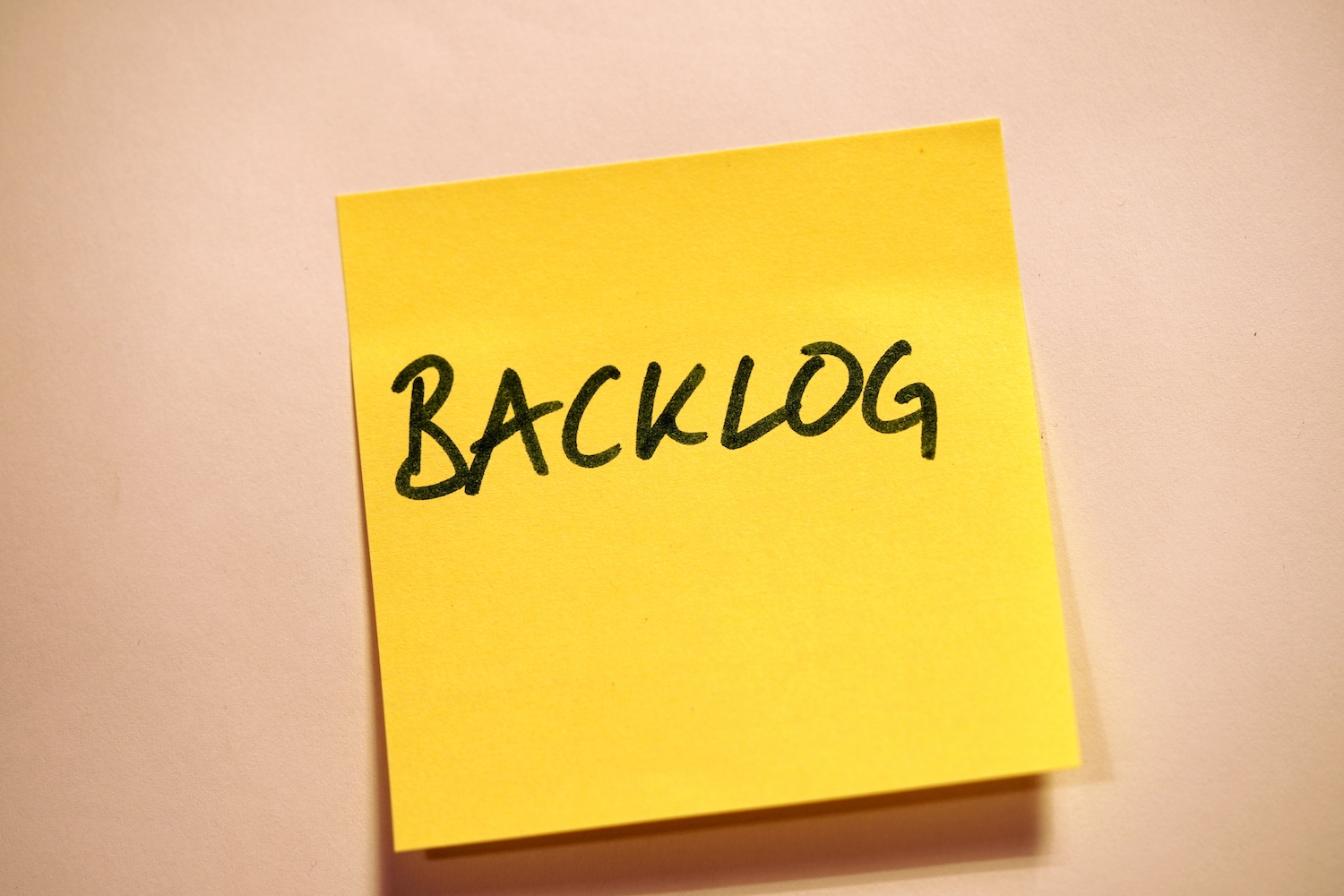There are many ways for agile teams to estimate their efforts. But story points don’t help product owners or managers prioritize feature backlogs.
Fortunately, there are several methods that can help determine the relative value of feature ideas and candidates. Product managers can use these to create and manage a backlog that delivers the biggest business value first.
Dot voting
Put each feature on a card and display the cards on a wall or table. Give each stakeholder a number of dots (about a third of the number of features) and ask them to place dots on the feature(s) they would value the most if implemented. They can place more than one dot or all their dots on one card if they wish. The more dots a feature collects, the higher its relative value and placement in the backlog.
Fibonacci
Development teams often use the Fibonacci sequence of numbers to estimate the size and complexity of work. There’s no reason why you can’t use it to estimate business value of features.
On a wall or table, set cards in a modified Fibonacci sequence: 1, 2, 3, 5, 8, 13, 20, 40, and 100. The goal is to get features evenly spread across the values.
Ask stakeholders to associate each feature the Fibonacci number that best represents the relative value they would assign. Do this with one stakeholder at a time and average the results, or have several or all the stakeholders work together.
For even more fun, get stakeholders together for a session of planning poker. Discuss each feature, one at a time. After discussing each feature, have the stakeholders estimate the value simultaneously using one of the Fibonacci numbers. If there’s disagreement, have them discuss, negotiate or reestimate until you determine a consensus value. There are card decks, mobile apps and websites to help, or they can use their fingers.
Buy a feature
You shouldn’t prioritize backlogs by value alone. You need to consider costs. One way to do this is to give stakeholders “money” to buy the features they want.
Ask the team to estimate effort based on the methods they usually use, like time, story points or t-shirt sizing. Use those estimates to come up with a set of prices for each feature. Set the smallest feature estimate to $1 and set the other prices to be relative to the team’s estimates. Provide stakeholders with an amount of play money that would be about a third to a half of what would be needed for all features. The stakeholders can either decide as a group or play individually, and at the end the features are prioritized by the total amount of money assigned at the end.
Indexing
The methods mentioned so far assume that stakeholders have enough information to make value determinations on features or that there is a single value that can be assigned. When there are many facets to determine business values for features, combine the facets into one value. This will produce a single number that you can compare across features. These numbers quickly adjust so you can have a backlog that is responsive to market and business priority changes.
One method is the Increase Revenues, Avoid Costs, Improve Services, or IRACIS Index. For each feature, assign a value of one-to-five for the three facets that correspond to the expected impact the feature would have on revenues, costs and services. Weigh a more important facet(s), e.g. increasing revenue, with a multiplier. Tabulate the numbers to get an overall value between three and 15. Prioritize the backlog with the highest numbers first.
Any number of dimensions could be included: profit potential, number of current customers served, increase in customers, keeping existing customers, time saved by customers, money saved by customers, decrease in costs, reduced customer attrition or regulatory need. A non-profit organization may want to consider service to their mission, members or constituents. The important thing is to choose the right facets for the product.


